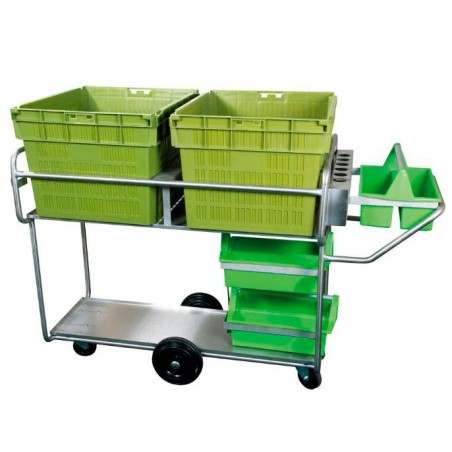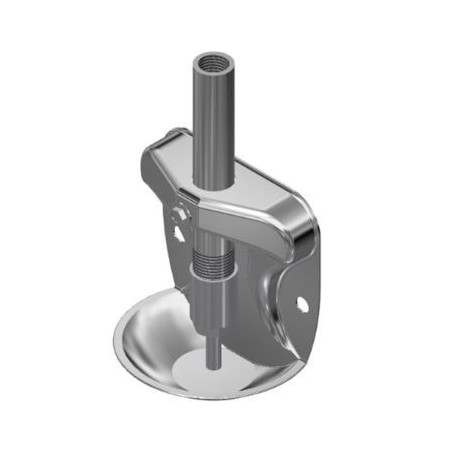Swine industries worldwide face a loss in profit due to high piglet mortality, particularly as a consequence of the marked increase in prolificity and low birth weight (BW) of piglets. This research studied the effect of BW and individual neonatal care provided to piglets on preweaning mortality, and the long-term effects on growth and carcass and meat characteristics. Litters from seventy-one crossbred sows were included in the trial. Half of each litter did not receive any further management, and the remaining half received the pre-established management protocol of early assistance of neonatal care.
Along lactation, the low-BW piglets (weight equal to or less than 1.1 kg) showed a threefold higher mortality rate than piglets of higher weights (32 vs. 10%), with mortality particularly concentrated within the first week after birth. No effect of neonatal care treatment was observed on mortality ratio caused by crushing, but a significant effect was observed in low-BW piglets who died of starvation. The effect of neonatal care on growth is dependent on BW, and heavier piglets at birth benefit from neonatal care treatment to a higher extent than low-BW piglets. Low-BW piglets showed a higher fatness, lower lean cut yield in carcasses, and higher intramuscular fat content (2.29% vs. 1.91%) in meat. Neonatal care treatment increased the lean content in carcasses from low-BW piglets. The monounsaturated fatty acids concentration was higher in lower-than-normal-BW piglets (48.1% vs. 47.1%) and the opposite effect was observed for polyunsaturated fatty acids (13.6% vs. 15.7%). Neonatal care treatment induced a higher concentration of n-7 fatty acids.

In conclusion, neonatal care treatment may be a useful practice to reduce mortality in low-BW piglets. Moreover, neonatal care could affect carcass fatness and meat quality, thus suggesting a long-term effect on metabolism.
Romero M, Calvo L, Morales JI, Rodríguez AI, Escudero RM, Olivares Á, López-Bote C. Short- and Long-Term Effects of Birth Weight and Neonatal Care in Pigs. Animals. 2022; 12(21):2936. https://doi.org/10.3390/ani12212936





